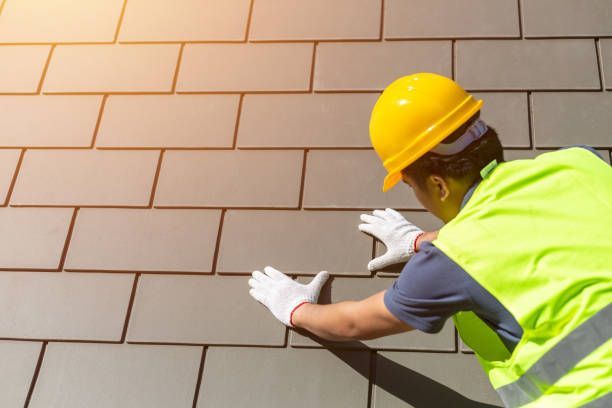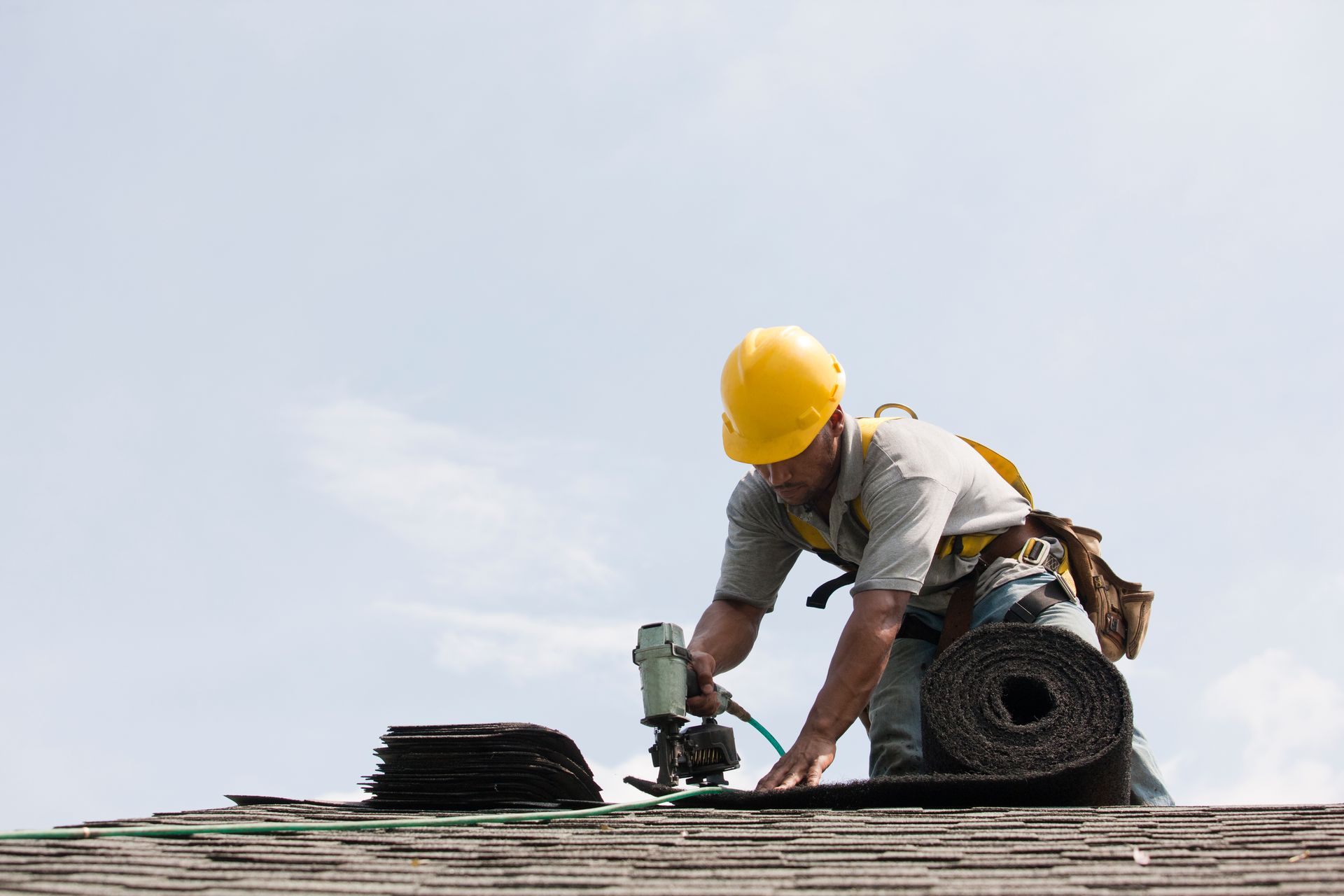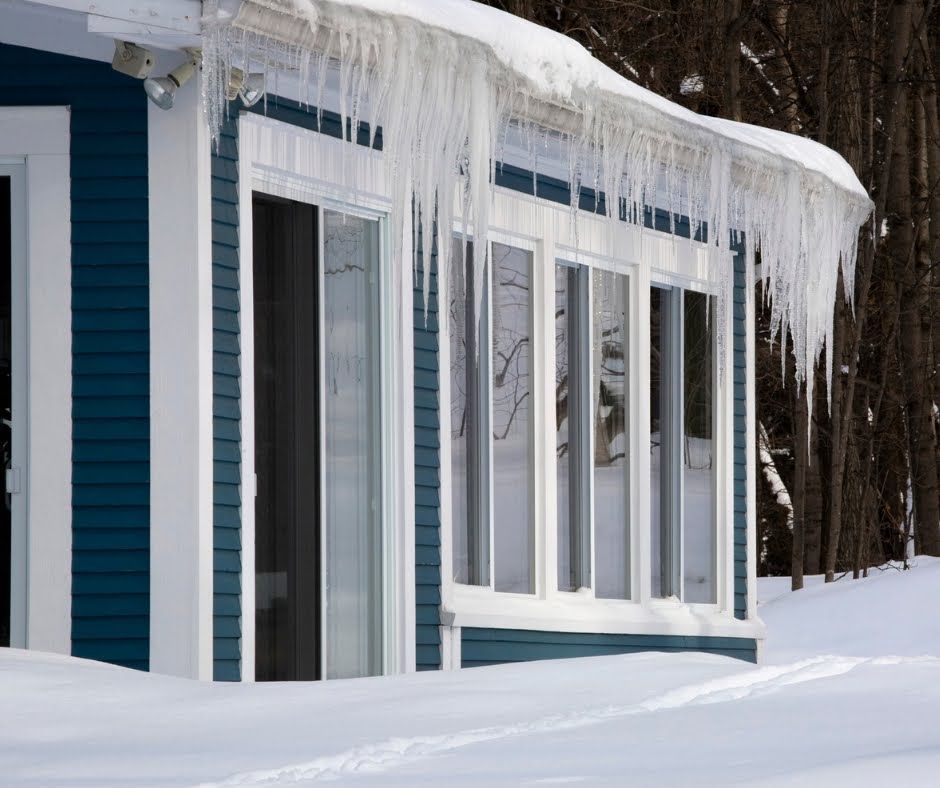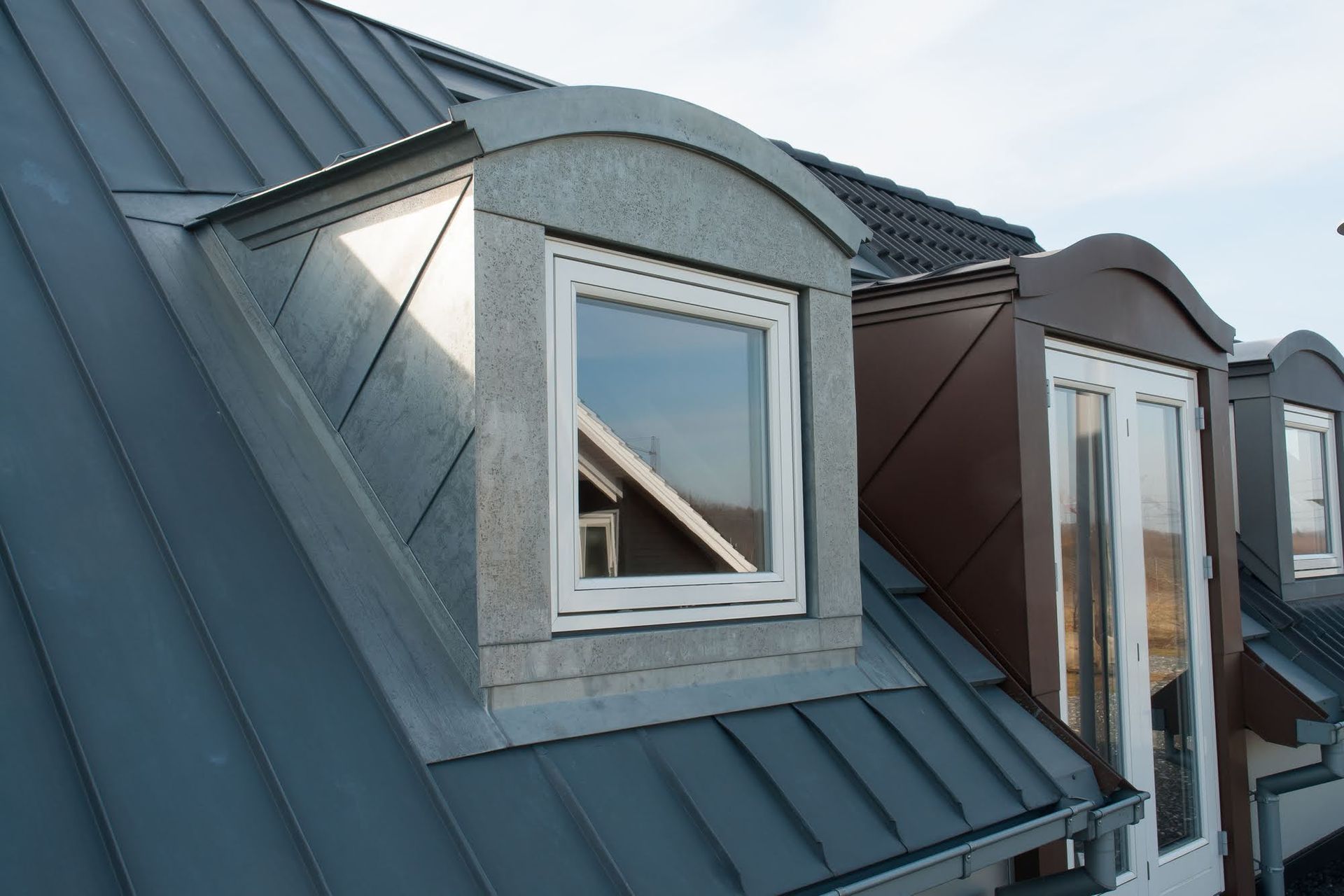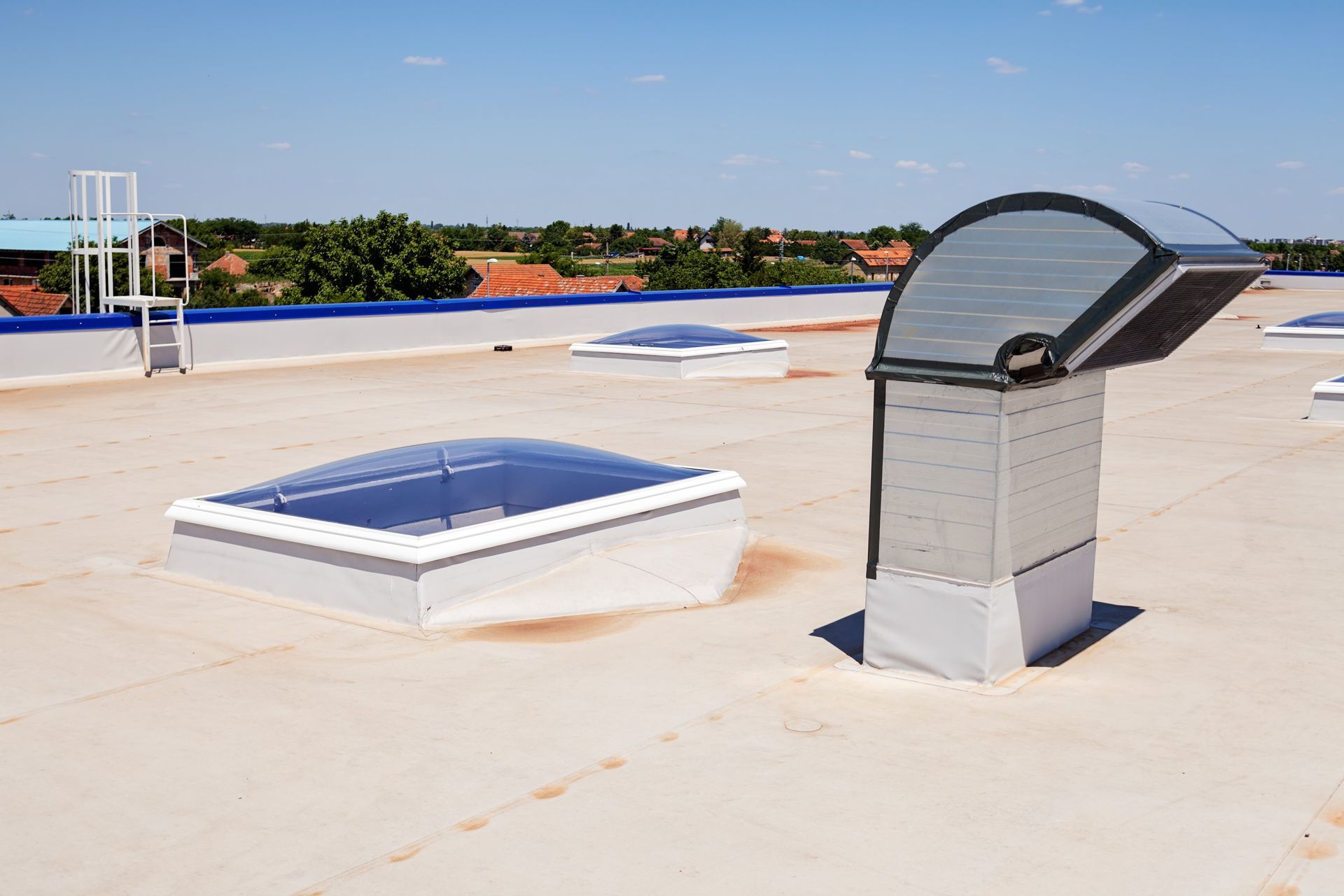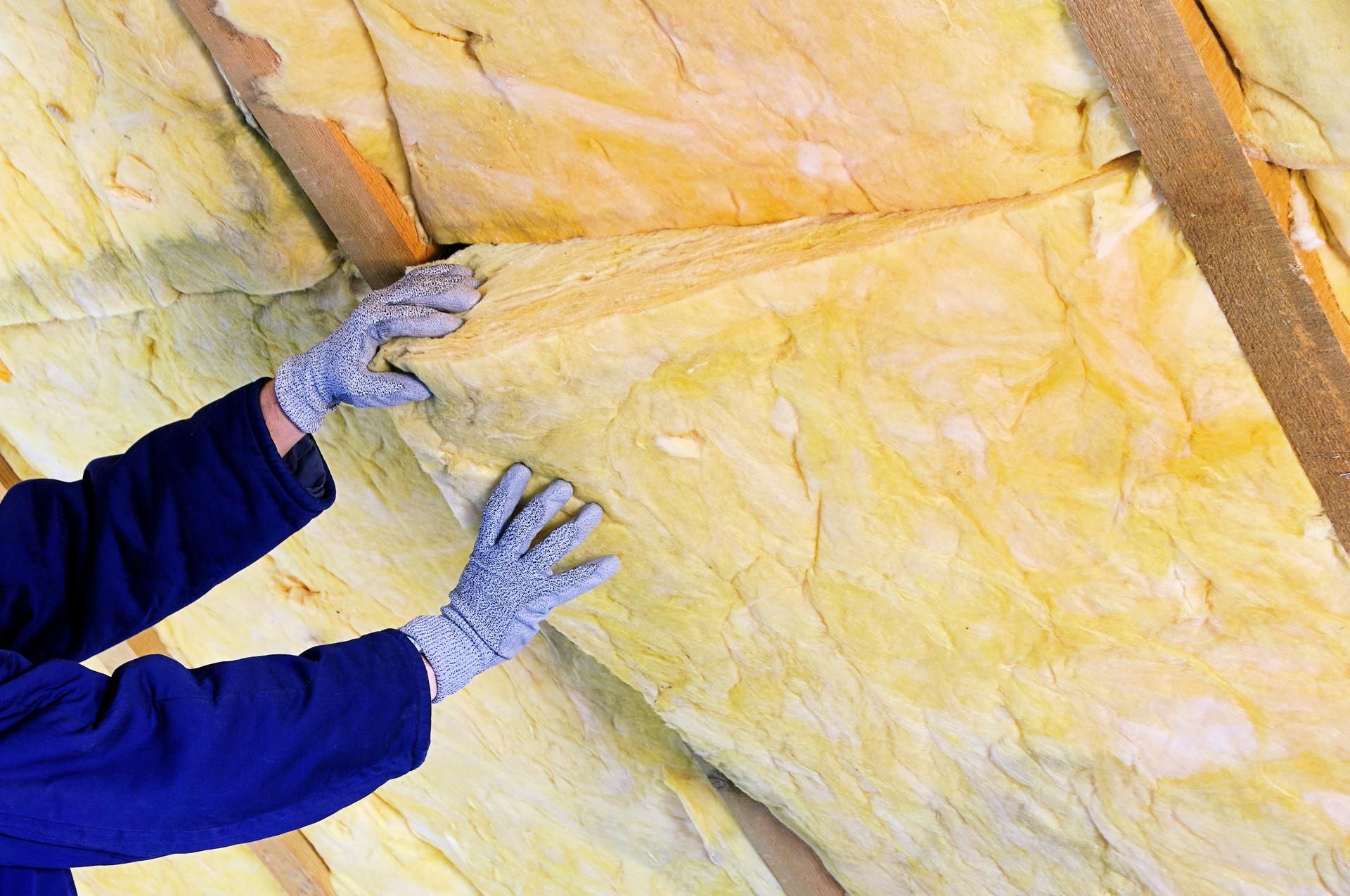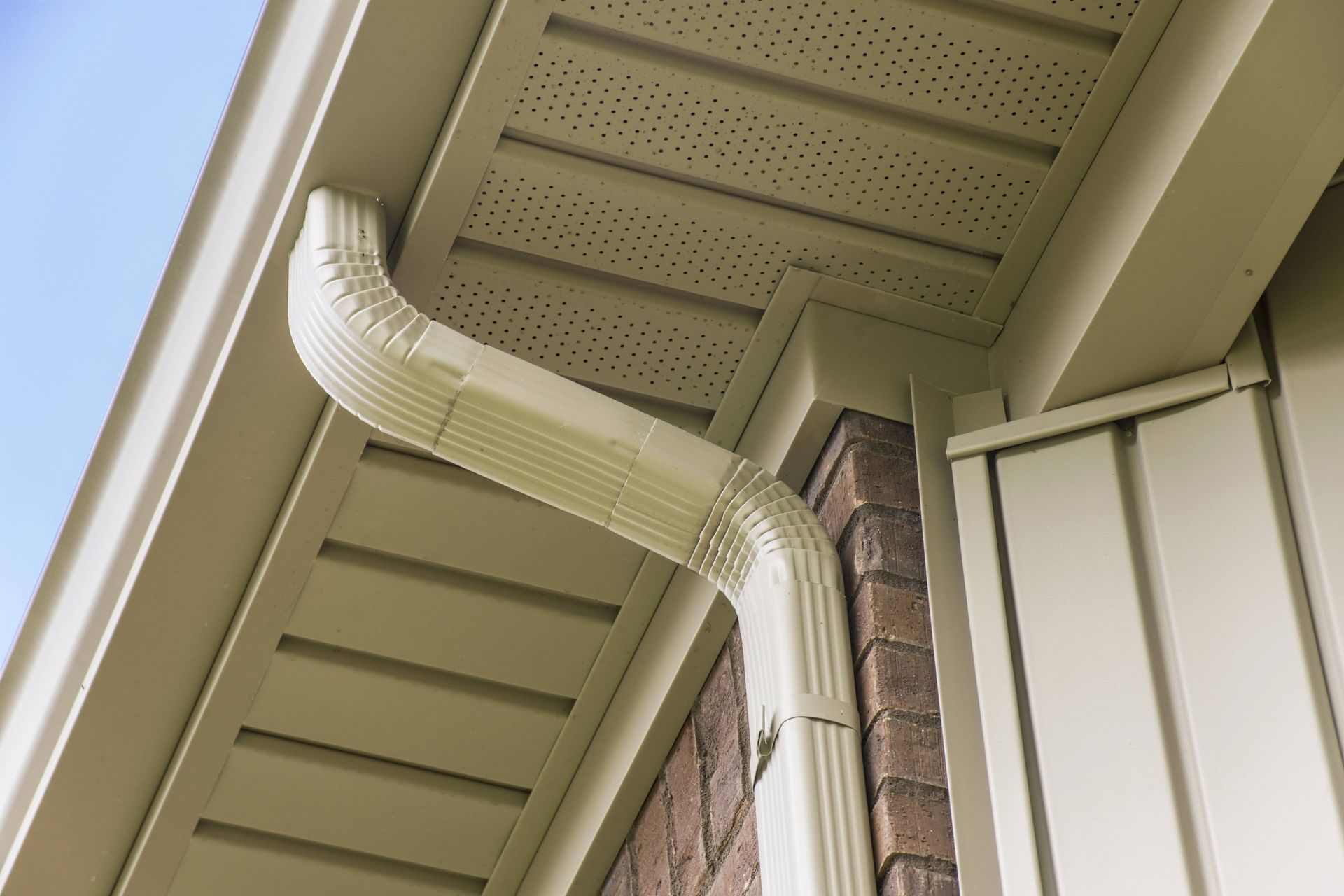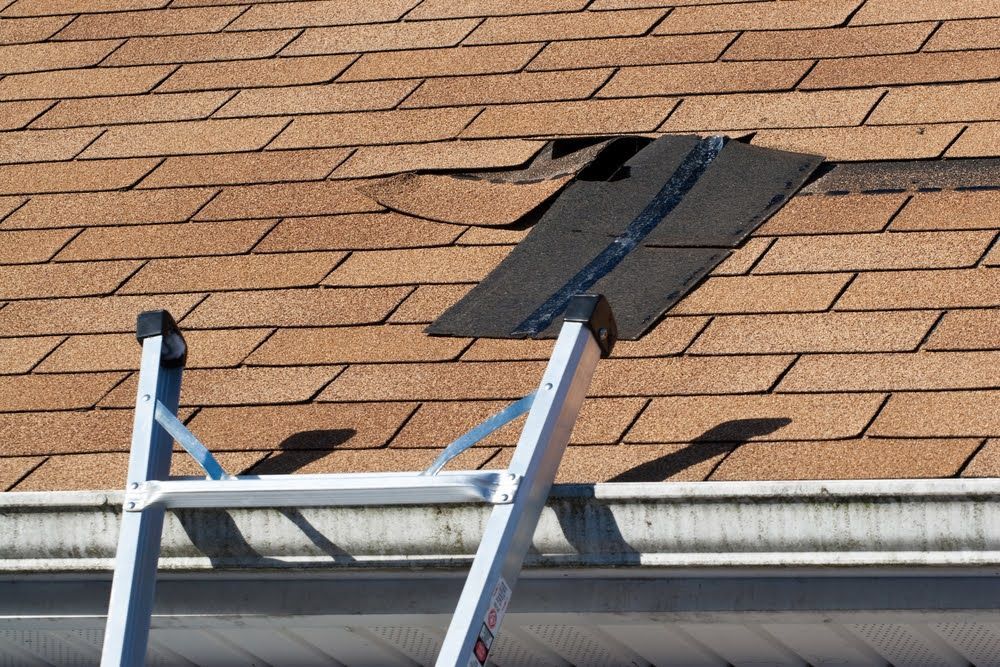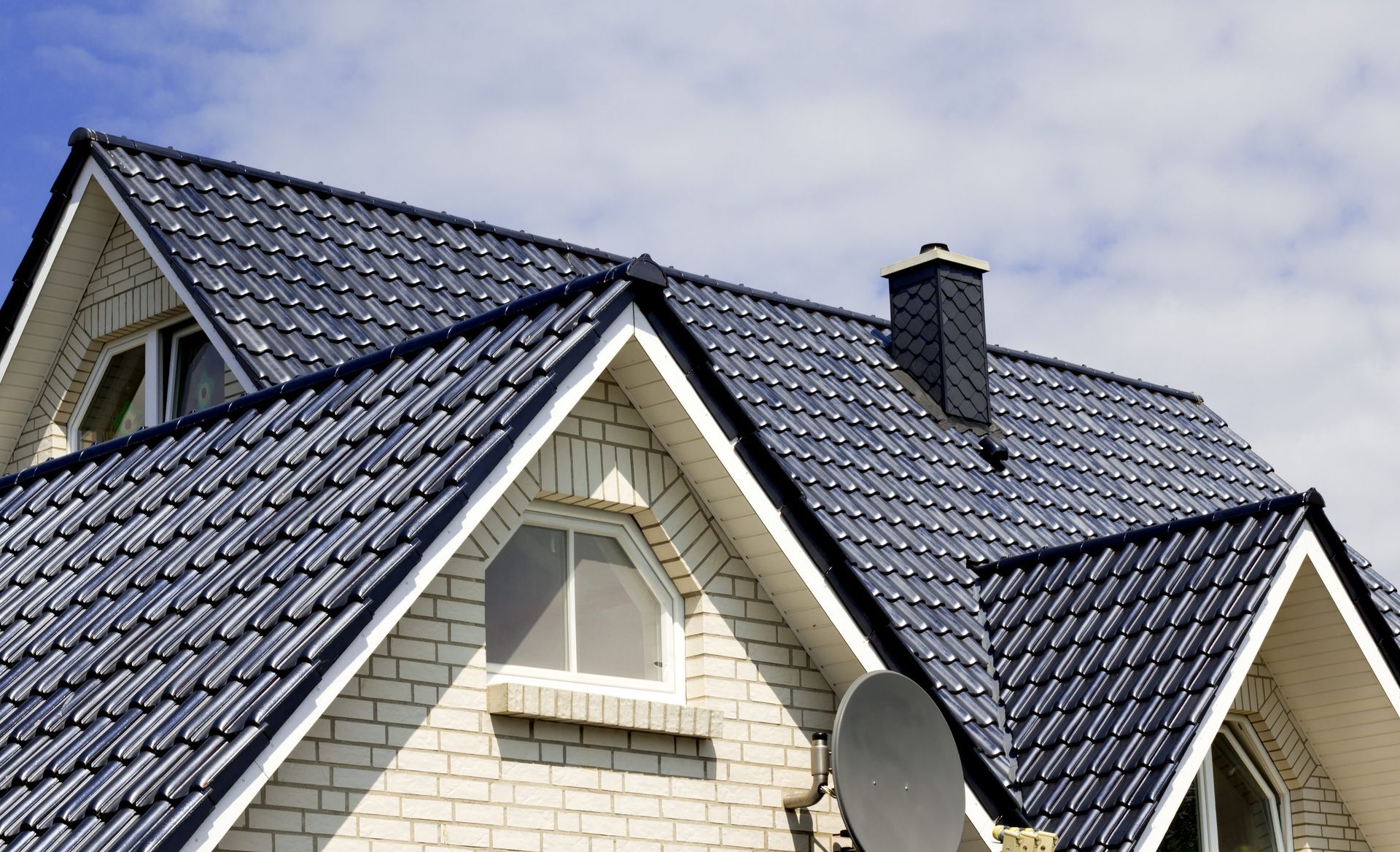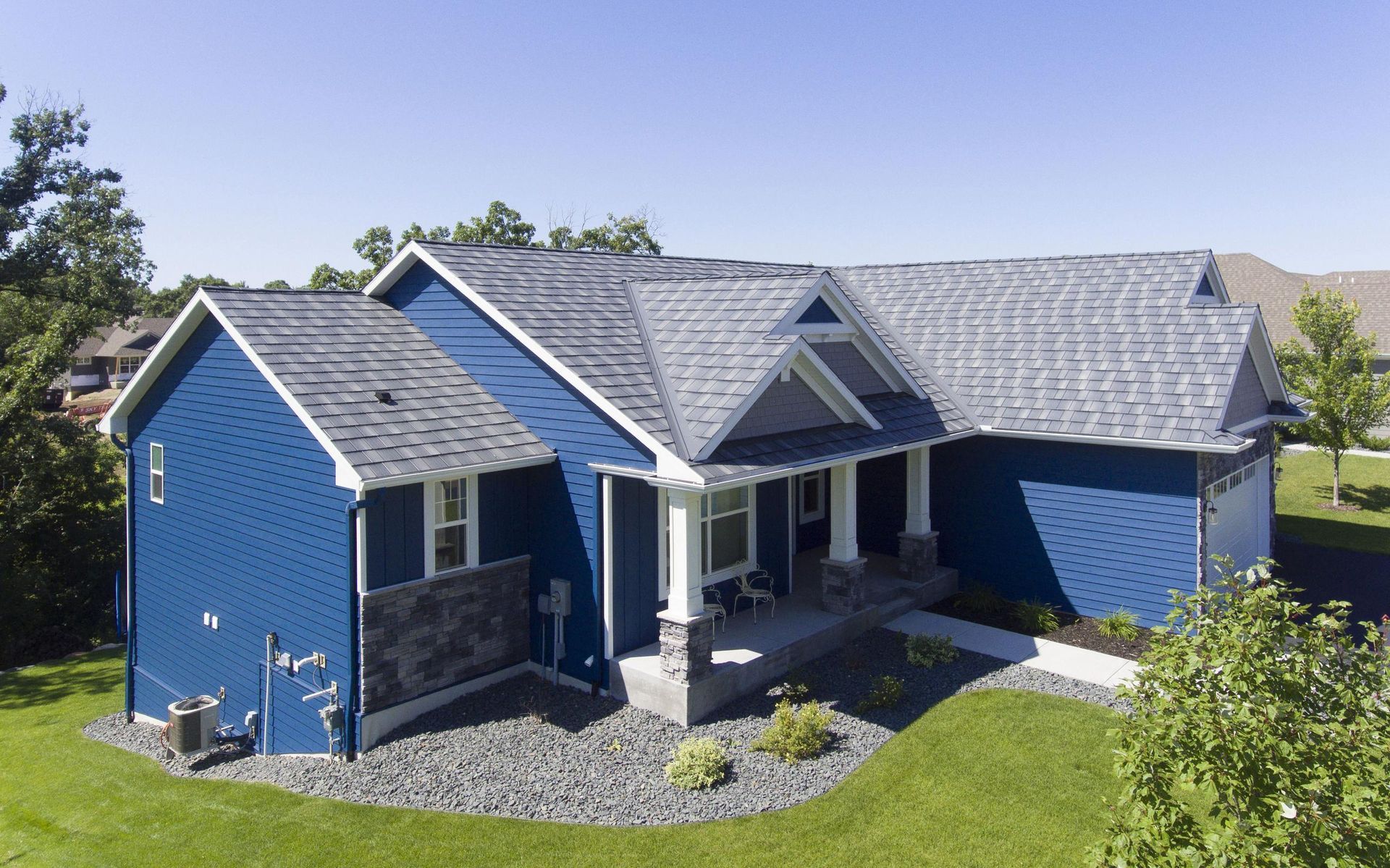Factors That Affect Your Roof's Lifespan
Roofs have varying lifespans, and people often overlook the key factors influencing their durability. Understanding and managing these factors can maximize a roof's lifespan, benefiting homeowners. Learn about crucial factors, some controllable and others not, that significantly impact roof longevity.
Quality of Installation
By employing an experienced and competent roofing contractor, you can expect a structurally sound roof that can withstand various weather conditions, such as heavy rain, strong winds, and even snow loads. A well-executed installation or repair job minimizes the risk of leaks, water damage, or other potential issues that may compromise the integrity of your roof.
Conversely, if the quality is subpar or hasty, it can lead to serious consequences. Poorly installed shingles, improper sealing, or inadequate flashing can result in weak points that allow water to infiltrate, leading to leaks and damage to the underlying structure. Furthermore, an improperly installed roof may be more susceptible to wind uplift, which can cause shingles to lift or detach during storms.
Material
Different materials possess varying resistance to wear and tear, environmental factors, and overall longevity. For instance, selecting a high-quality metal roof, premium designer asphalt, or rubber shingles.
Underlayment
The underlayment acts as a shield, preventing water from penetrating through the roof covering and seeping into the underlying layers. This helps maintain the roof structure's integrity and avoids potential issues like rot, mold, or decay. Additionally, underlayment can enhance the roof's resistance to damage from extreme temperatures or UV radiation.
By choosing the appropriate underlayment material, such as asphalt-saturated felt or synthetic membranes, you can tailor the level of protection to your specific roofing needs.
Weather
Weather conditions like rain, wind, hail, and extreme temperatures subject your roof to constant stress. Rainwater, for instance, can seep into cracks or gaps, leading to moisture buildup and potential rotting of the underlying structure.
Wind exerts pressure on the roof surface, which can cause shingles to loosen or even tear off entirely. Hailstorms also pose a threat, as the impact of hailstones can crack or dent the roofing materials, weakening their integrity.
Moreover, extreme temperatures, whether hot or cold, can cause expansion and contraction of the roof materials, leading to potential warping, cracking, or splitting. Thus, weather acts as a continuous force, gradually eroding the protective layers of your roof and diminishing its overall durability.
Wildlife and Pests
Wildlife and pests, such as birds, squirrels, and rodents, have a knack for finding their way into small openings and crevices. They often chew through roofing materials, such as shingles or wooden beams, seeking shelter or building nests.
Additionally, pests can lead to a buildup of debris, leaves, and droppings, clogging gutters and downspouts, further compromising the roof's ability to drain properly. Similarly, rodents may burrow through insulation, compromising its effectiveness and leading to energy loss.
Slope of Your Roof
A steeper roof slope ensures better longevity and resilience. When rain, snow, or debris falls on a sloped roof, gravity aids in quick and efficient runoff. This prevents moisture accumulation, leading to leaks, water damage, and rot. Additionally, a steeper slope enhances the shedding of leaves, branches, and other debris, reducing the risk of clogs and structural stress.
Thompson & Thompson 3rd Generation, Inc., is the trusted roofing contractor in Nebraska. We offer roof repair, replacement, siding, and gutter services. Contact us for quality craftsmanship, prompt service, honest communication, and fair prices.



